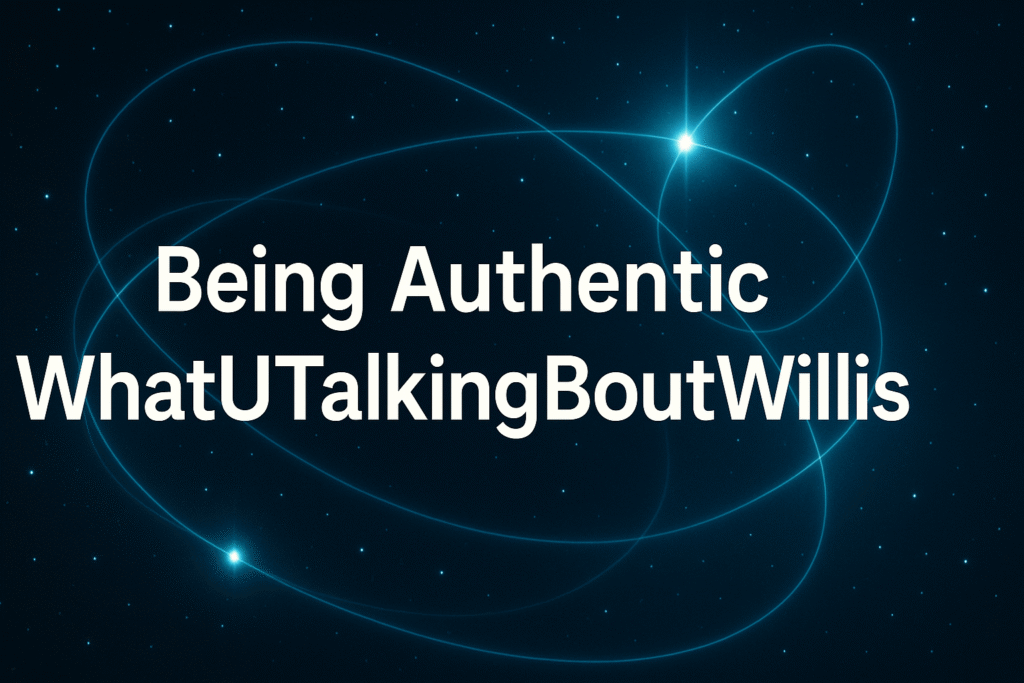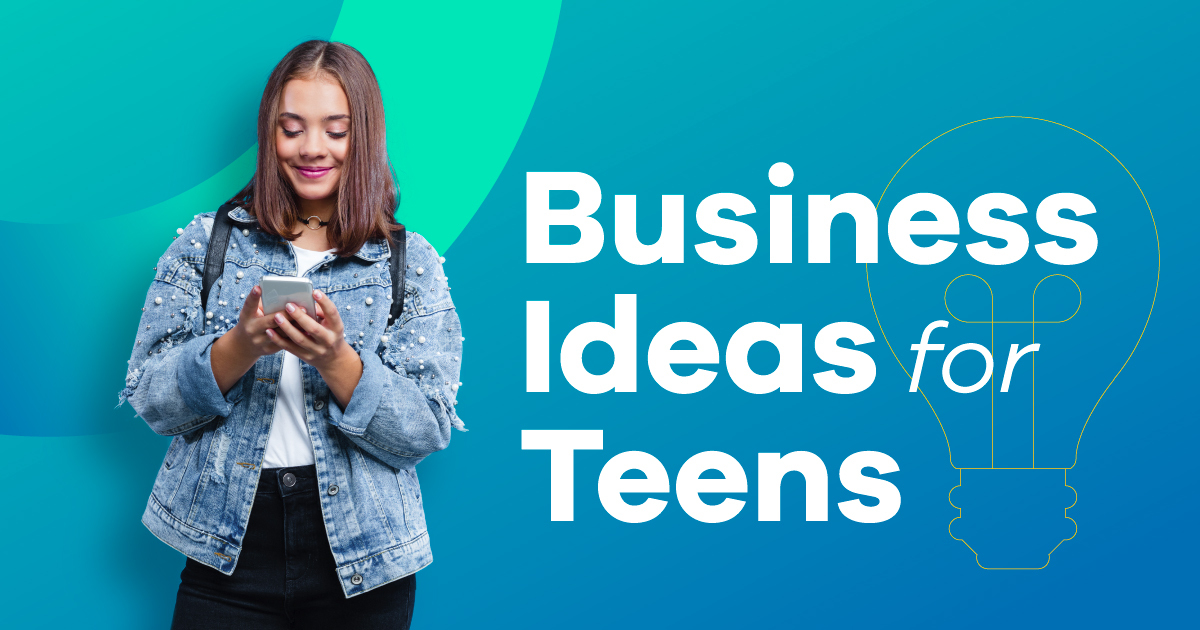We live in a world where filters are automatic, bios are curated, and even dogs have Instagram managers. Amid this digital jungle of personas, buzzwords like being authentic whatutalkingboutwillis are tossed around like confetti. But what does it really mean to be authentic?
As the immortal Gary Coleman—playing Arnold Jackson on Diff’rent Strokes—would often say with raised eyebrow and healthy skepticism, “What you talkin’ ‘bout, Willis?” And that’s the perfect question. When people today preach about “being real” and “living your truth,” what are they really talking about?
Let’s break it down: from the misunderstood idea of authenticity, to how you can spot (and be) the real deal in a world built for facades.
1. Authenticity Ain’t Aesthetic
First things first: being authentic is not about having the most unfiltered selfie or crying on camera. That’s performative vulnerability, not truth.
We’ve all seen influencers post “no-makeup” makeup looks after three takes and strategic lighting. Or the famous “just woke up like this” photo that somehow includes perfect hair and latte art. Spoiler: authenticity isn’t an aesthetic. It’s a way of being authentic whatutalkingboutwillis.
Being authentic isn’t about appearing “raw” or “relatable.” It’s about alignment—between who you are on the inside and what you show to the world.
Ask Yourself:
- Do your values guide your actions, or do you change based on who’s watching?
- Are you saying what you believe, or what’s most acceptable?
If your answers make you squirm a bit—don’t worry. That’s the first step toward the real you.
2. The ‘Brand’ of Being Real
Let’s not ignore the irony: “authenticity” is now a marketing strategy.
Brands say they’re authentic because they use recycled paper or show behind-the-scenes bloopers. But real authenticity isn’t manufactured. You can’t build a 12-month social strategy to “be real.”
In personal branding, this gets even murkier. On platforms like LinkedIn or TikTok, people are crafting carefully edited “authentic” moments—like posting a story about being fired, but only after they’ve landed their dream job.
This is where the “What u talkin’ bout, Willis?” energy is absolutely necessary.
Here’s a test:
If you’re showing vulnerability only because it performs well, you’re not being real. You’re being strategic. And while strategy isn’t bad, it’s not the same thing as truth.
3. Being Authentic in a Role-Playing World
Let’s be honest. We’re all playing roles every day. You act one way at work, another with friends, and probably a third version with your grandma. And that’s fine. It’s not fake—it’s called code-switching and it’s human nature.
But authenticity isn’t about being the same everywhere. It’s about not betraying yourself in any of those spaces.
You might not tell your boss about your weekend bender or overshare trauma with a stranger on the subway. That’s called boundaries. But the core values—your sense of integrity, empathy, curiosity, etc.—shouldn’t change just because your audience does.
Tip:
Try being consistent in your intentions, not just your presentation. You don’t need to reveal everything to everyone—but don’t wear a mask so tight it leaves a permanent mark.
4. Authenticity ≠ Oversharing
Let’s get something straight: being authentic doesn’t mean turning your life into an emotional open house.
People often confuse transparency with authenticity. But guess what? You can be guarded and authentic. You can be private and real. The key is honesty, not disclosure.
So no, you don’t have to air your trauma to prove your sincerity. And if someone demands your pain as proof of your “realness”? That’s exploitation, not connection.
5. Why We Fake It (and How to Stop
So why do we fake it?
We fake it because we want to be loved, respected, hired, followed, or admired. Somewhere along the way, we learned that the raw version of us wasn’t “good enough.” So we polished, filtered, and trimmed the parts that made others uncomfortable—or worse, indifferent.
But here’s the kicker: the people who matter? They can feel the difference.
Authenticity has a frequency. You can sense it in a conversation, in someone’s writing, or even in silence. It cuts through noise and gets to the marrow of who someone is.
How to Unfake Yourself:
- Journal without an audience. Write what you’re afraid to say out loud.
- Pause before you post. Ask, “Is this true for me?”
- Notice patterns. If you leave a situation feeling drained or performative, ask yourself what part of you was not invited into the room.
6. The Courage to Be Disliked
One of the hardest parts of being authentic? Not everyone will like you.
When you stop people-pleasing, start speaking up, and set boundaries, people might get uncomfortable. Good. Growth is uncomfortable. And authenticity isn’t about being universally adored—it’s about being honestly seen.
If you’re trying to live up to every version of what people expect from you, you’ll be split into pieces. Being whole means saying: this is me, and I know not everyone will clap—but I’ll sleep better at night.
You don’t need to be everyone’s cup of tea. You’re not tea. You’re a whole vibe. Own it.
7. The Payoff of the Real Deal
Being authentic isn’t just a moral virtue—it has real rewards.
You attract the right people.
When you stop pretending, the people who are drawn to your life are the ones who actually like you—not the version you crafted to be liked.
You experience less burnout.
Living inauthentically is exhausting. It’s like being in a play with no intermission. When you’re real, you don’t have to constantly manage your image. You just exist.
You make stronger connections.
Whether it’s in relationships, business, or friendships, authenticity builds trust. People lean in when they sense someone is not hiding. That’s where real intimacy begins.
8. So… What U Talkin’ Bout, Willis?
Let’s circle back.
“Being authentic” isn’t about shouting your truth, curating your vulnerability, or ditching all filters. It’s about living in alignment—where your values, words, and actions reflect the same source.
When Arnold said “What you talkin’ bout, Willis?”—it wasn’t just a punchline. It was a challenge to look deeper. To question the surface story. To call BS when something didn’t feel right.
You should be doing the same—with the world, and with yourself.
Final Thoughts: Keep It Real, Keep It You
You don’t owe the world a constant performance. You don’t need to commodify your pain or posture for applause. The version of you that is curious, flawed, learning, and evolving—that’s the real you. That’s the only you that matters.
So next time someone drops a buzzword, gives you a “hot tip” on how to build your “authentic brand,” or tells you to show more “relatable content,” take a pause.
YOU MAY ALSO READ. https://www.anytimemagazines.com/financeville-craigscottcapital/




